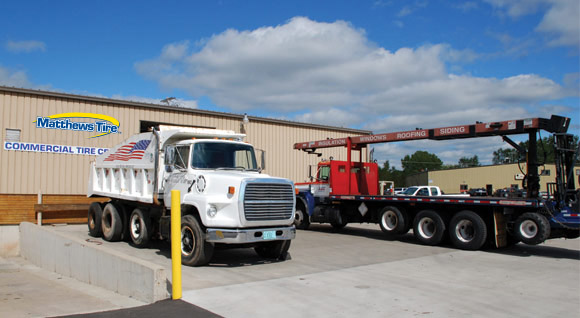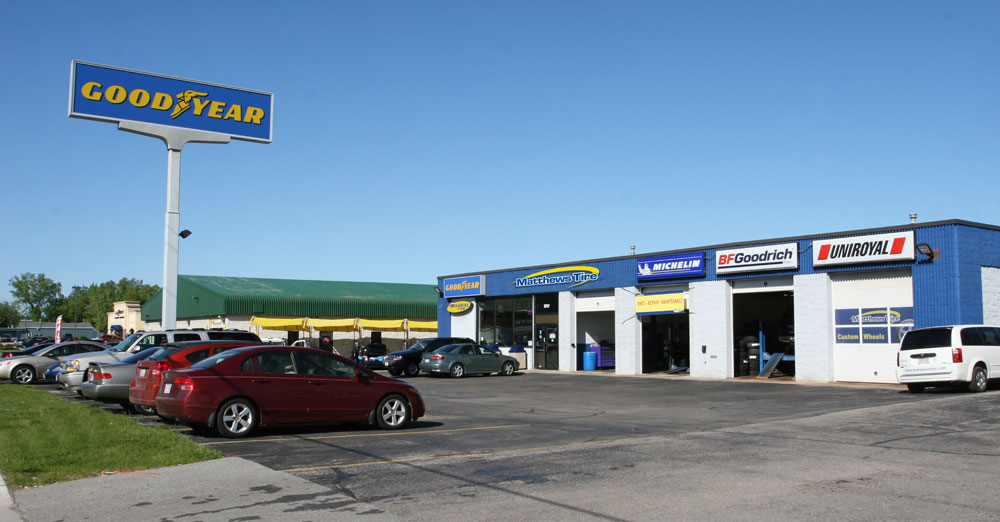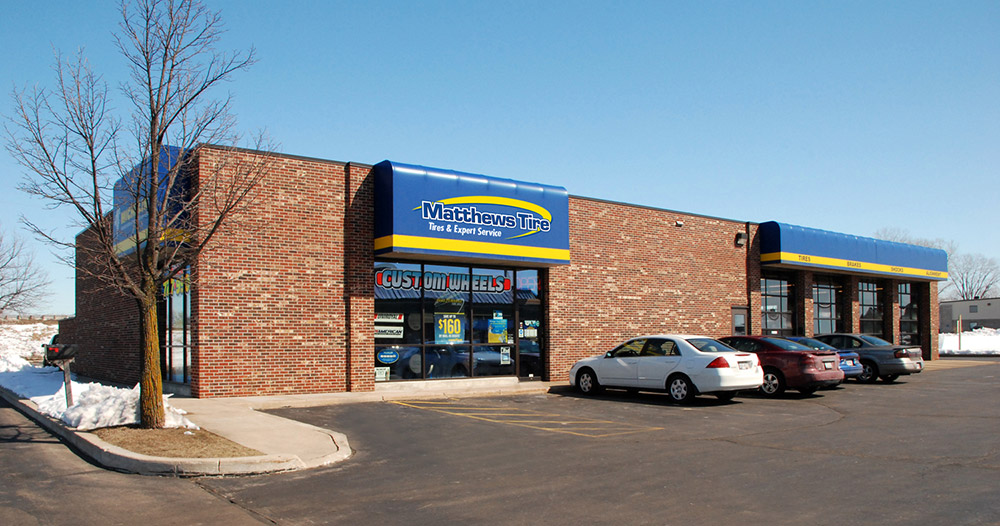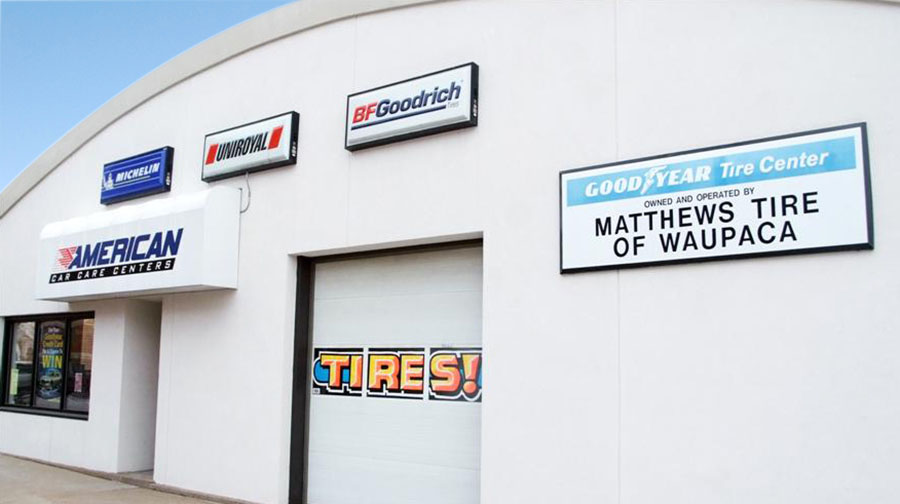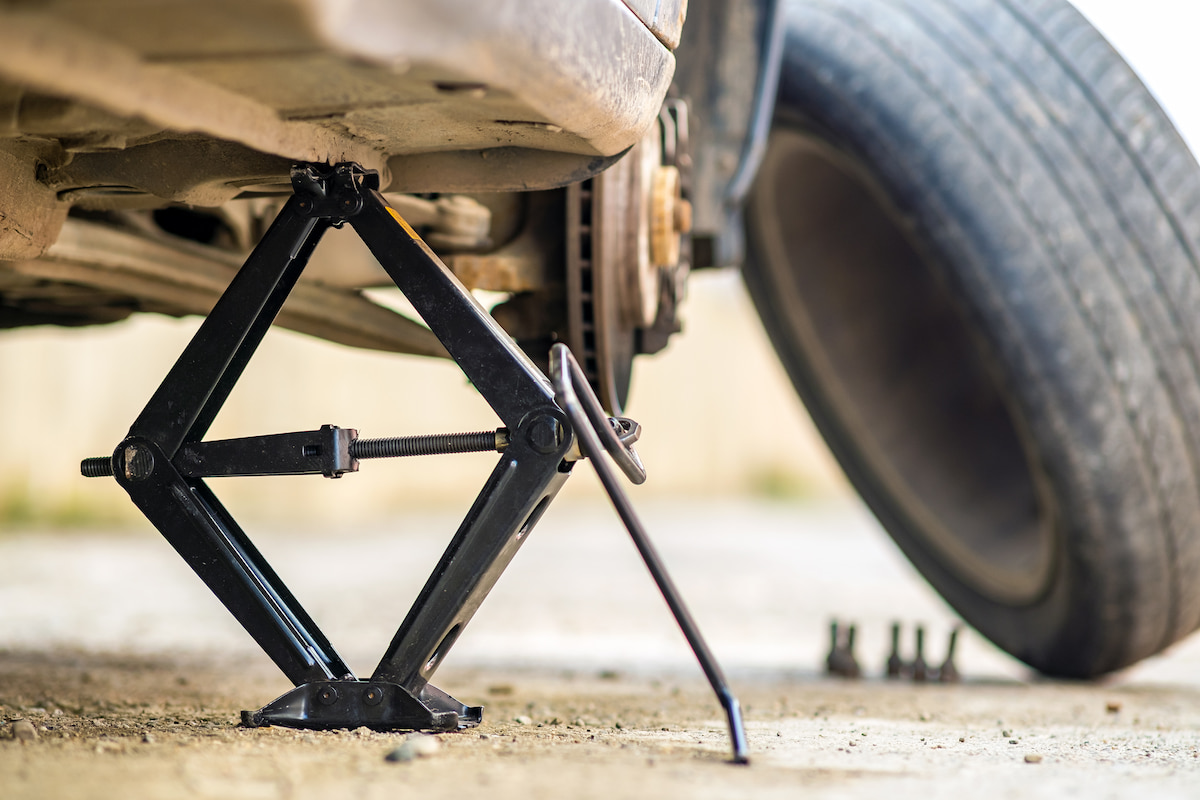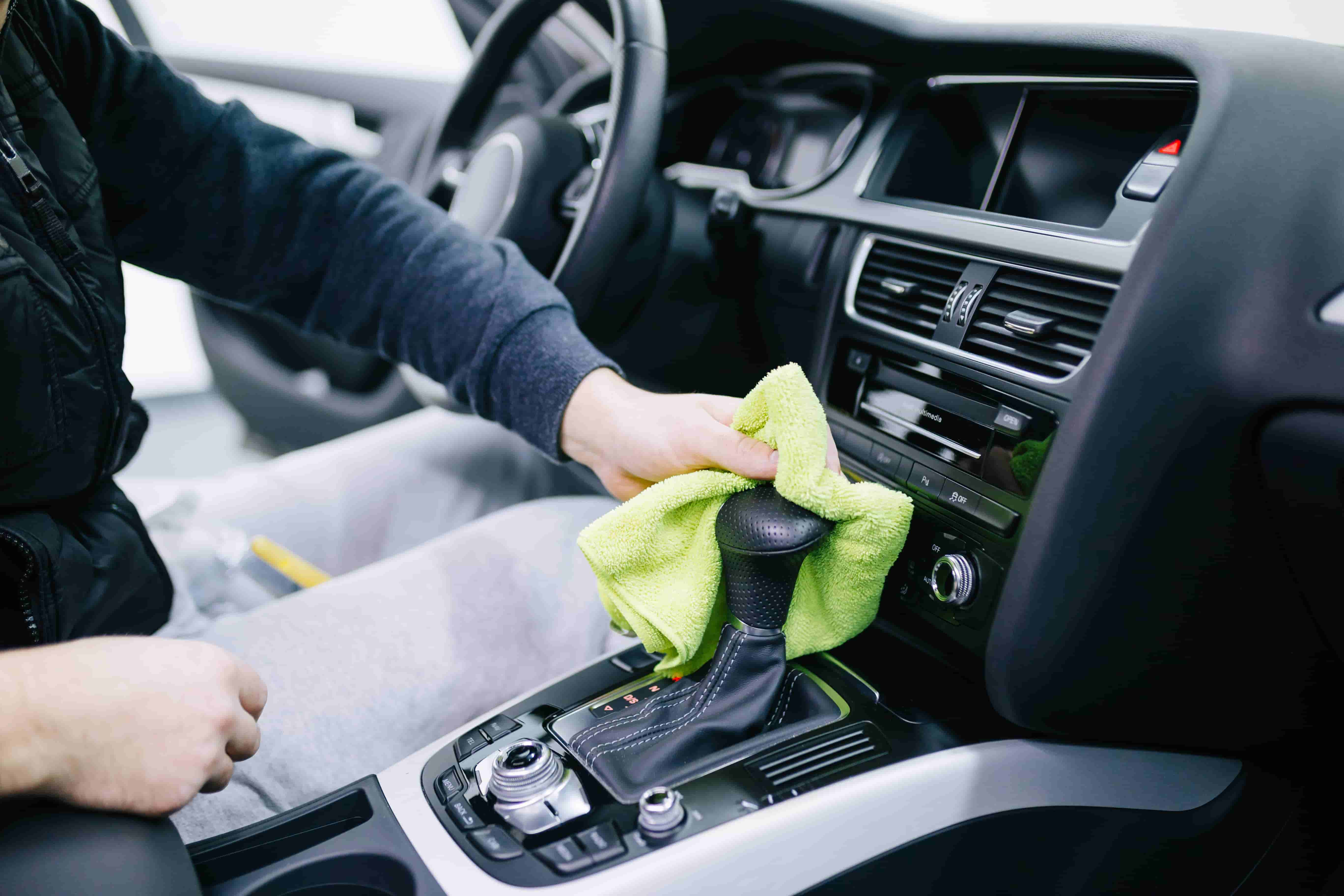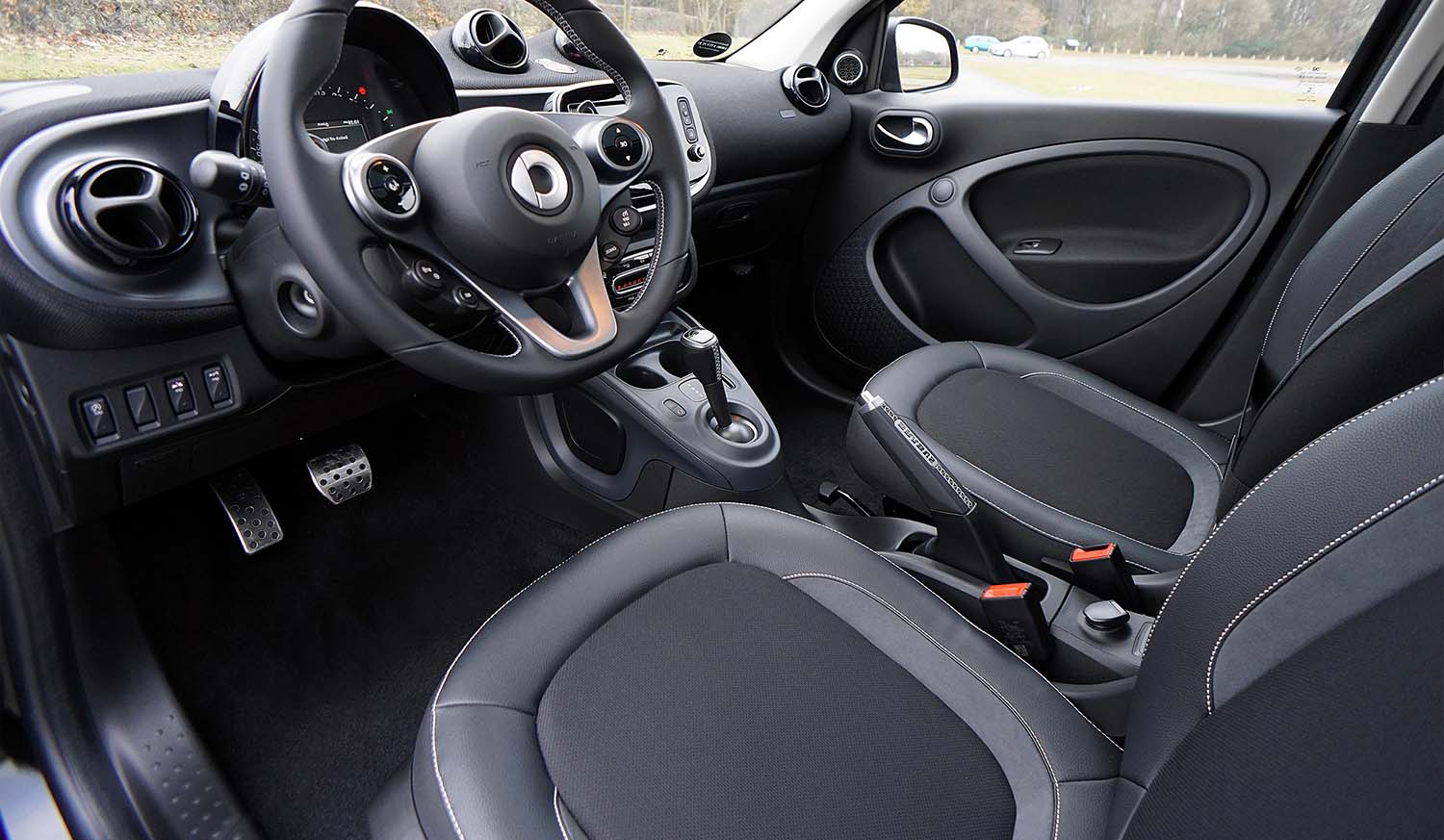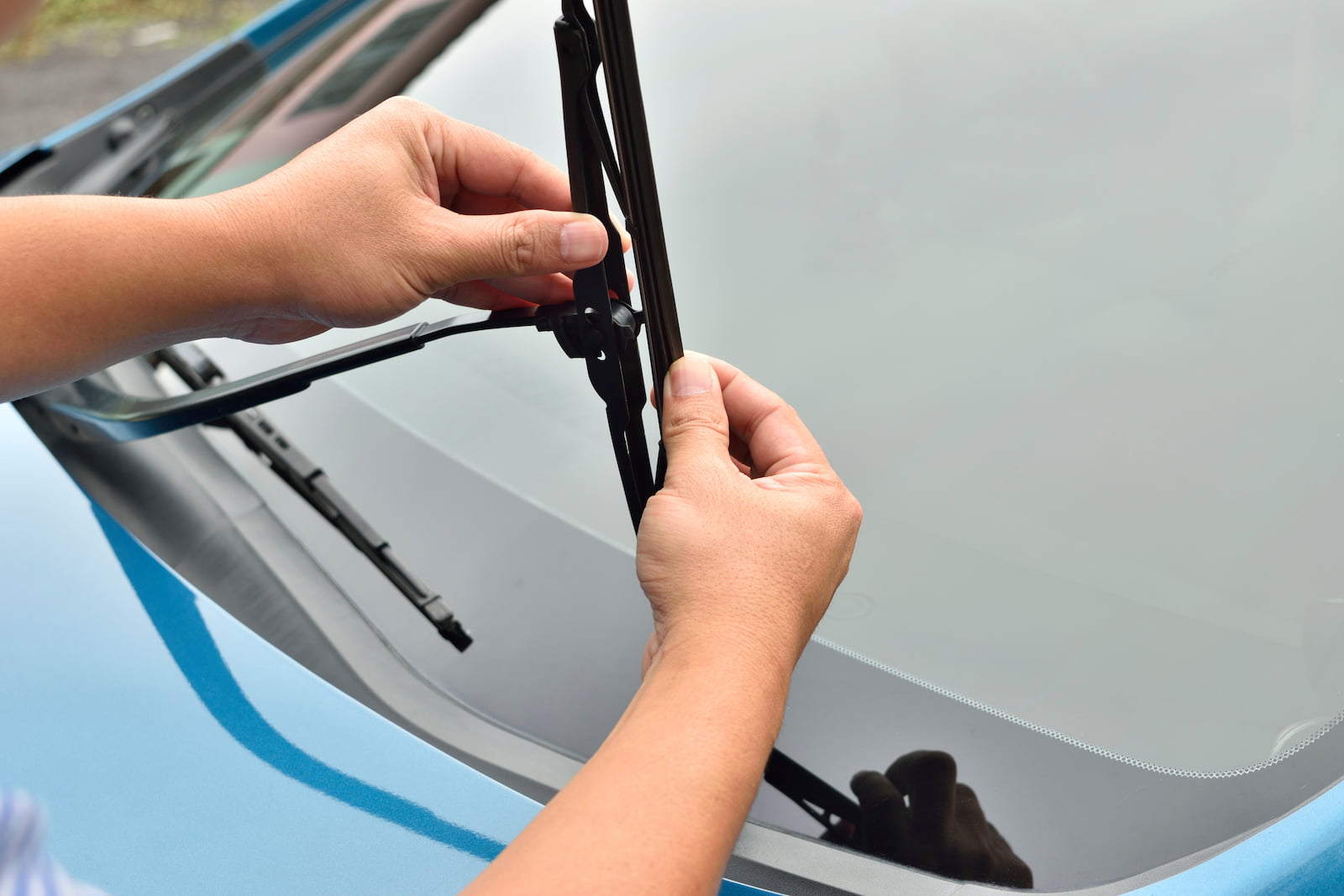Flat tires can happen unexpectedly, leaving you stranded on the side of the road. Matthews Tire Green Bay Manager Tom Winninghoff said flat tires in Wisconsin are primarily caused by rim corrosion and punctures.
“Aluminum rims can corrode and rust, which can then puncture the tires when they contract in the colder months,” Tom shared. “Beyond corrosion, we have about 200 different kinds of objects that have damaged our customers’ tires, from screws and nails to rocks, glass and even antlers.”
In this guide, Tom answers some common questions about flat tires and provides you with tips to keep you rolling as safely as possible if you lose tire pressure on the road.
How Far Can You Drive on a Flat Tire?
Tom doesn’t recommend driving on a tire that’s completely flat, as this can cause structural damage to the tire and prevent repair.
“In general, you should only drive on a flat tire for a very short distance, such as moving your car to the side of the road or a nearby parking lot,” Tom said. “From there, change the tire or call for a tow to Matthews. Most car insurance companies include towing or roadside assistance now.”
If your tire pressure is low but not flat, you can drive to a nearby gas station, fill the tire with enough air to make it drivable and get it in for repair before the problem worsens.
Can You Change a Tire by Yourself?
Yes, if your vehicle has a spare tire onboard, changing a tire is something that most people can do by themselves with a few basic tools.
Tom added, “Usually, the jack and tools you need will be right with the spare tire itself.”
However, if you don’t feel comfortable or don’t have the right tools, it’s best to remain in your vehicle and call for roadside assistance or a tow truck, which can bring you directly to Matthews Tire for one of our service professionals to take care of the flat.
What are the Steps to Changing a Tire?
Once in a safe location, Goodyear recommends starting with the proper tools, including your vehicle’s owner’s manual, an inflated spare tire, a jack, a lug wrench and bracing material (such as a small piece of wood or a brick).
Once you locate the tools and spare tire, the steps to changing a tire include:
- Removing the hubcap
- Loosening the lug nuts
- Bracing the car so it doesn’t roll
- Jacking up the car
- Removing the lug nuts and tire
- Putting on the spare tire
- Tightening the lug nuts
- Lowering the car
- Checking the tire pressure
Visit this article by Goodyear to follow the step-by-step instructions or check out this video by Michelin.
Which Way Do Lug Nuts Loosen?
Lug nuts loosen counterclockwise, so make sure you turn them in the opposite direction when removing them.
Where Do You Put the Jack When Changing a Tire?
The jack should be placed in the designated jacking points specified by your car’s manufacturer. These points can usually be found in your vehicle’s owner’s manual.
“You can kind of see a place to put the jack near the front and rear of the tire,” Tom explained. “You don’t have to jack the vehicle up very high, just enough to change the tire.”
Should You Repair a Tire or Replace it?
In some cases, a tire can be repaired, but in others, it’s best to replace it. Matthews Tire technicians follow specific guidelines for repairing a tire safely.
“If repairing the tire is a safe option, we remove the tire, fix it from the inside, rebalance it and replace it on the vehicle,” Tom said. “Once we do, the repair is permanent.”
If the damage is too large or located on the sidewall, the tire should be replaced.
At What Point is a Tire Unrepairable?
“If the tire is damaged structurally, you can’t repair it,” Tom said. “The hole in the tread needs to be an inch in from the side. We’d also consider how much tread is left in the tire since you don’t want to fix a bald tire.”
How Long Should You Drive on a Repaired Tire?
A tire repaired by Matthews should last the life of the tire, Tom assured. However, a tire can only have three fixes that are not close together.
“For example, if your tire is punctured by a staple, those holes will be too close together to be safely repaired,” he said.
Ready for New Tires?
While repairing your flat tire is a safe and reliable option, you may decide it’s time for new tires! Visit Matthews Tire to shop for tires anytime. Our experts can help you find the right tires for your vehicle and driving needs.


